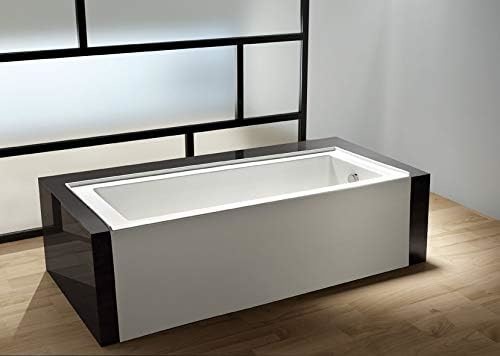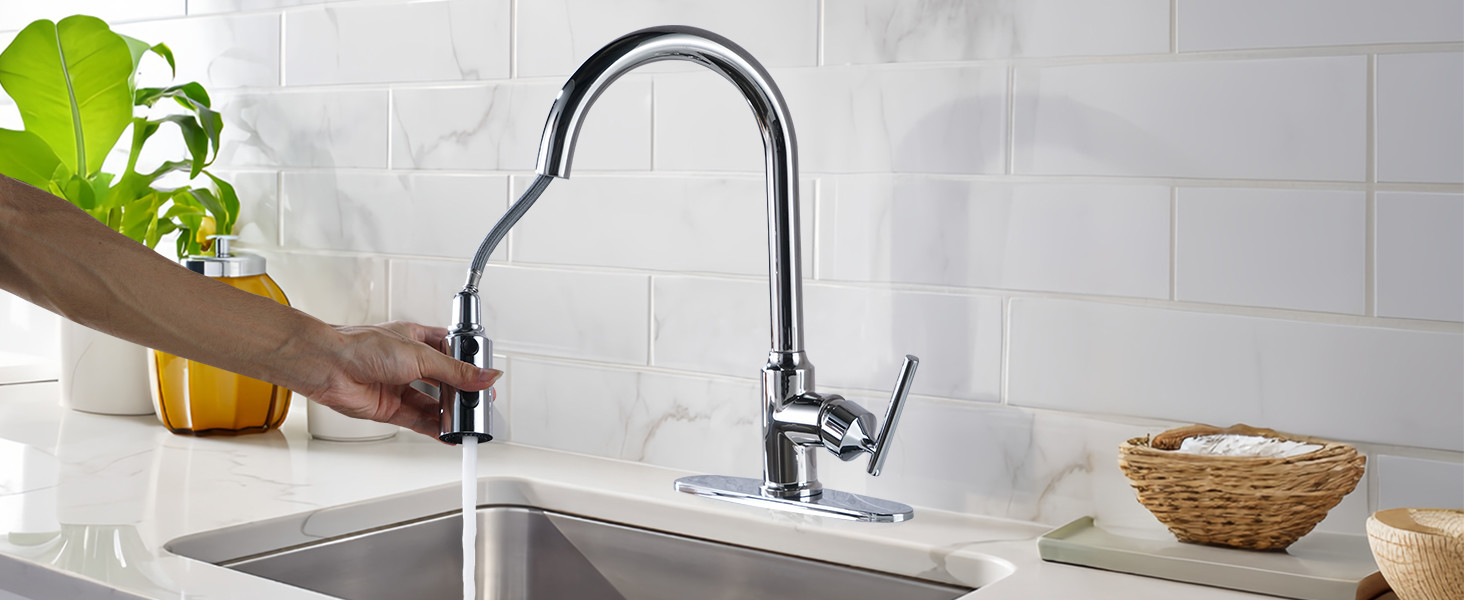
When it comes to choosing a bathtub, understanding the material it’s made from can greatly influence your decision. Two common materials used in tub manufacturing are acrylic and fiberglass. While both materials offer various benefits, they have distinct characteristics that can help you determine which type of tub you have. In this post, we’ll explore how to tell if your tub is acrylic or fiberglass, the differences between the two, and what that means for your bathroom experience.
Understanding the Materials
Acrylic Tubs
Acrylic tubs are made from a non-porous material that is vacuum-formed into a tub shape. The surface is smooth, glossy, and can be produced in a variety of colors. Acrylic is known for its durability, ease of maintenance, and resistance to stains. It is also relatively lightweight, making it easier to install than some heavier materials.
Fiberglass Tubs
Fiberglass tubs, on the other hand, are made from a combination of glass fibers and resin. The fiberglass is typically coated with a gel coat finish to provide a smooth surface. While fiberglass tubs are also lightweight, they are generally less durable than acrylic and can be prone to scratches, discoloration, and fading over time.
How to Identify Your Tub Material
To determine whether your tub is made from acrylic or fiberglass, you can use a few straightforward methods. Here’s how to differentiate between the two:
1. Visual Inspection
The first step in identifying your bathtub material is to conduct a visual inspection:
- Surface Finish: Acrylic tbathubs have a high-gloss, shiny finish, while fiberglass tubs often have a more matte appearance with a slight texture. If your tub has a very smooth and shiny surface, it’s likely acrylic.
- Color and Clarity: Acrylic tubs tend to have vibrant colors and can be produced in a range of shades. If the color looks rich and well-defined, it may be acrylic. Fiberglass, on the other hand, might show signs of discoloration or fading, particularly if it’s older.
2. Touch and Feel
Using your sense of touch can also help you identify your tub’s material:
- Weight: If you can lift the tub (or if you remember the installation), acrylic bathtubs are generally lighter than fiberglass tubs. If your tub feels heavier than you’d expect for its size, it might be fiberglass.
- Temperature: Acrylic tends to be warmer to the touch compared to fiberglass, which can feel colder, especially in colder bathroom environments.
3. Scratch Test
While it’s not recommended to intentionally scratch your bathtub, if you have a small area that’s already damaged or if you’re comfortable testing a discreet spot, you can perform a scratch test:
- Acrylic: If you scratch the surface with a fingernail and it doesn’t leave a mark, it’s likely acrylic. If you notice a white mark or if it feels rough, it could be fiberglass.
- Fiberglass: A scratch on a fiberglass tub may penetrate the gel coat, revealing a duller finish underneath. If you notice this, it’s an indication of fiberglass.
4. Check for Bubbles or Blisters
Examine the surface of the tub for any bubbles or blisters. These can indicate that the tub is made from fiberglass. Acrylic tubs typically do not develop such issues, as they are more resistant to the kind of moisture that can cause these problems.
5. Sound Test
You can also perform a simple sound test. Tap the surface of the bathtub gently with your knuckles:
- Acrylic: If it produces a hollow sound, it’s likely acrylic.
- Fiberglass: A dull sound usually indicates fiberglass.
6. Age and Maintenance
Consider the age of the tub and any maintenance history. Older fiberglass bathtubs tend to show more wear and tear, including fading, discoloration, or scratches. If your tub is relatively new and still looks vibrant and well-maintained, it’s more likely to be acrylic.
Why Does It Matter?
Understanding whether your tub is acrylic or fiberglass can inform your choices about cleaning and maintenance:
- Cleaning: Acrylic is easier to clean and maintain than fiberglass, as it resists staining and can be wiped down with non-abrasive cleaners. Fiberglass, however, may require more care and specific cleaning products to avoid damaging the surface.
- Repairs: If your tub gets scratched or damaged, acrylic can often be repaired using a gel coat or buffing technique, while fiberglass repairs may require patch kits or resin.
- Longevity: Acrylic tubs generally last longer than fiberglass, making them a better long-term investment. If your bathtub is showing signs of wear, knowing the material can help you plan for a potential replacement.
Conclusion: How Do I Tell If My Tub Is Acrylic or Fiberglass?
Identifying whether your bathtub is acrylic or fiberglass doesn’t have to be a daunting task. By observing the tub’s appearance, performing a touch and feel test, checking for scratches, and listening for sound differences, you can confidently determine the material. Understanding the distinctions between acrylic and fiberglass can enhance your maintenance routine and ensure you make informed decisions regarding repairs or replacements. Whether you have an acrylic or fiberglass bathtub, knowing what you’re dealing with can lead to a more enjoyable bathing experience in your home.
 WOWOW Faucets
WOWOW Faucets






您好!Please sign in